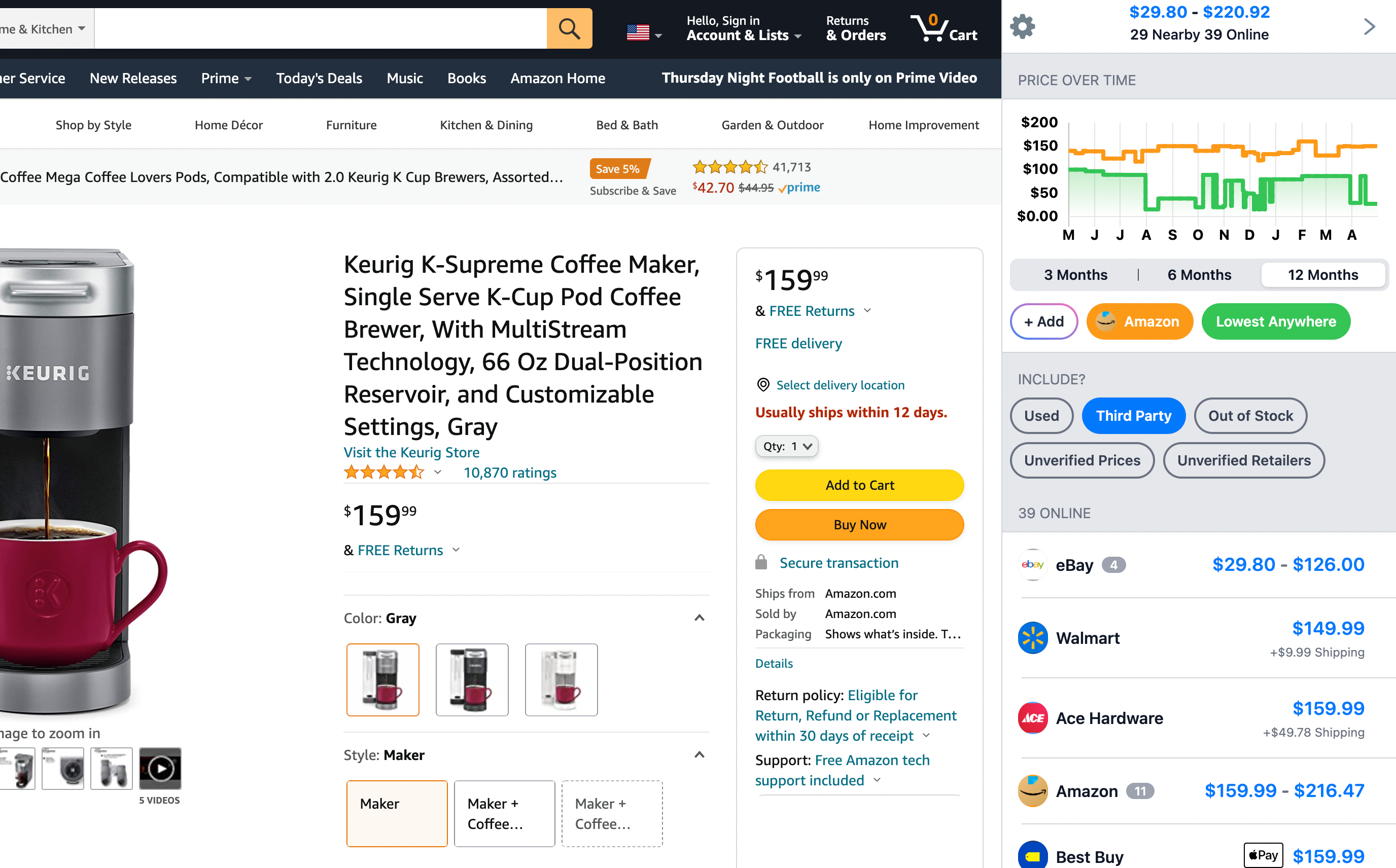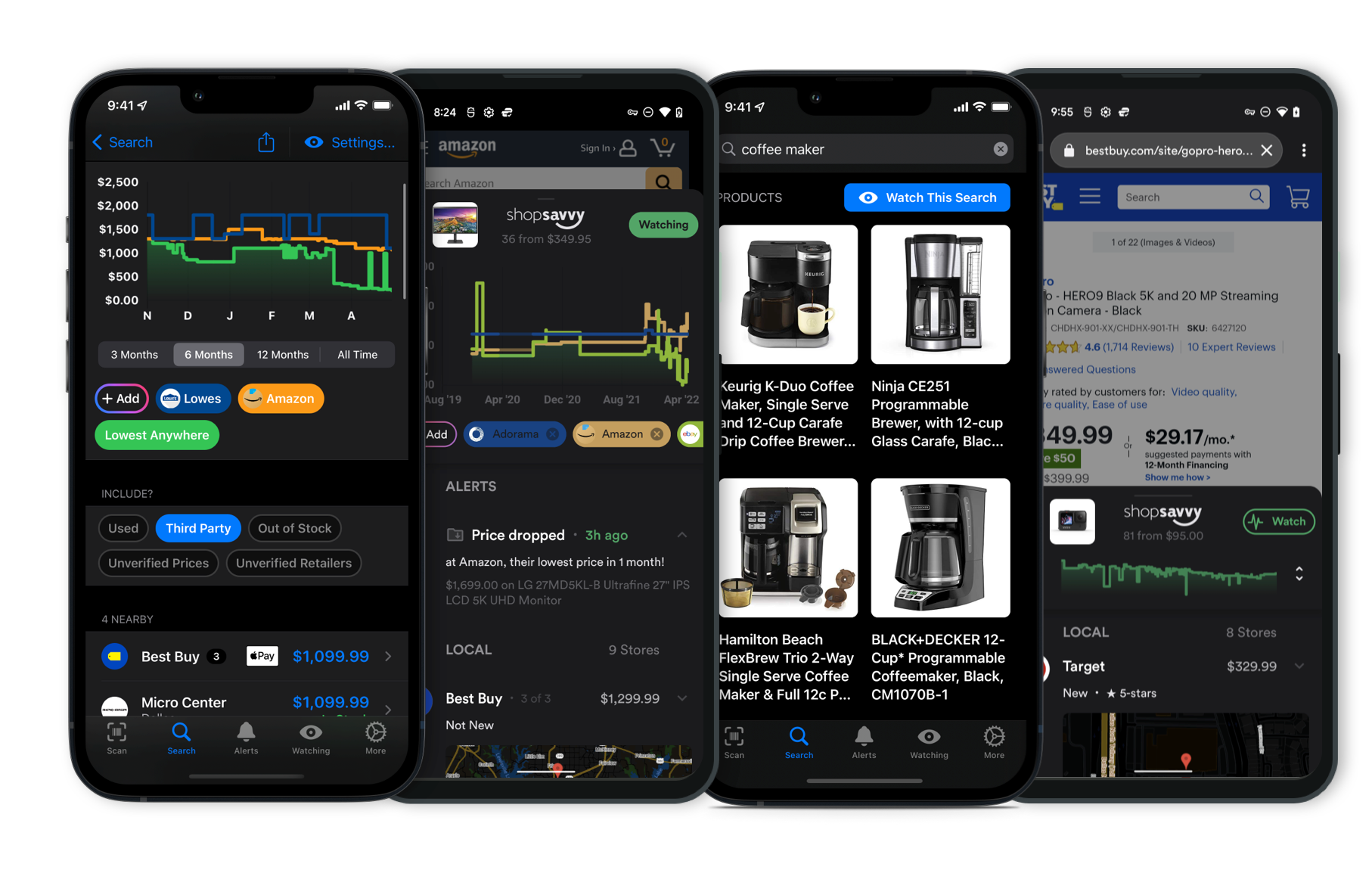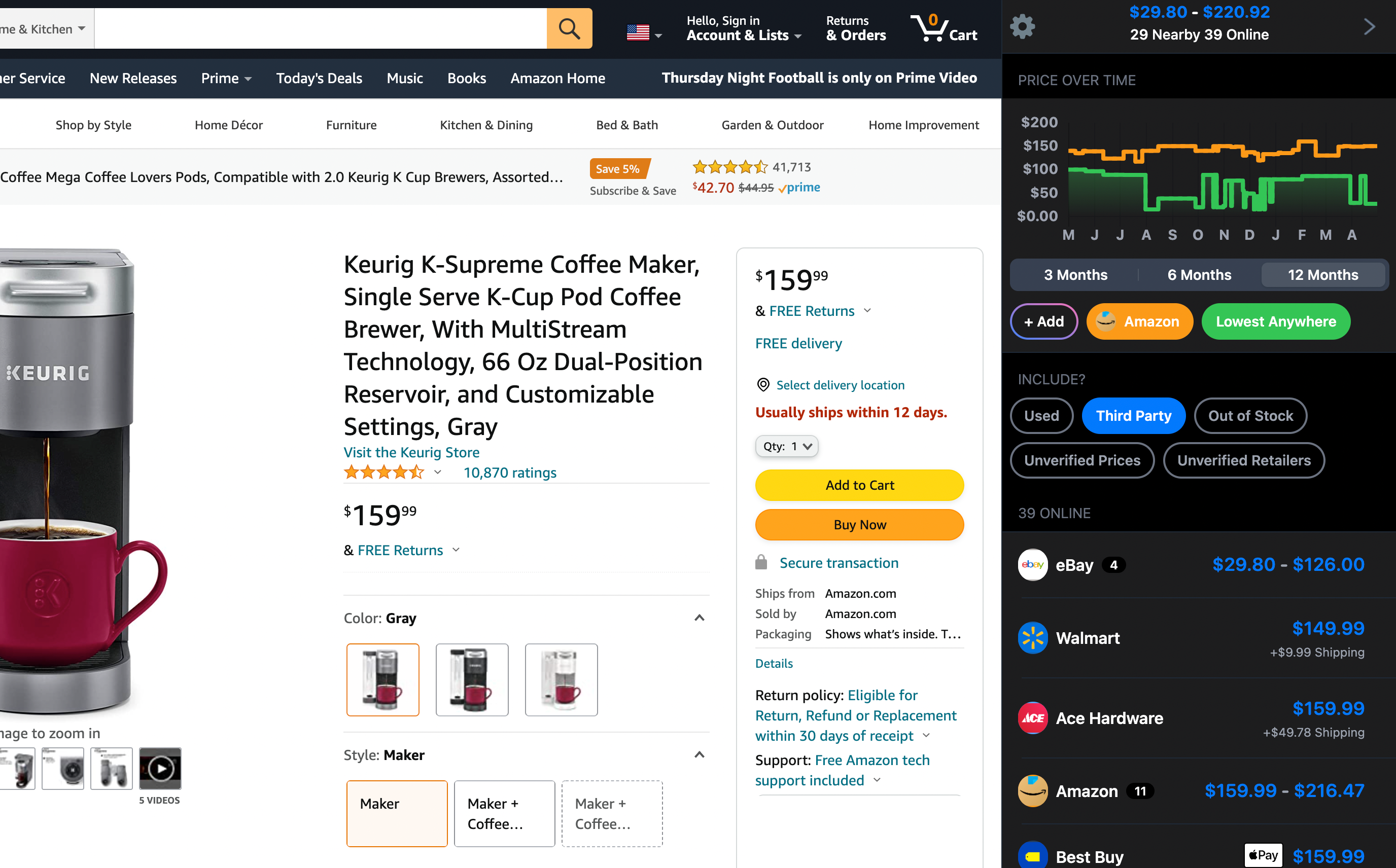
If you're thinking about using the Worm Factory 360 for composting, it's good to know what to feed those worms once you have the system up and running. First, keep in mind that the system comes with the basics like bedding and minerals, but you'll need to get your own worms separately. A lot of folks go for Red Wigglers since they work really well in this setup.
Before you place the worms in the factory, it's a good idea to set the environment up a week or two beforehand. This means using the provided bedding, some shredded paper, and a bit of old scraps to create a nice, balanced setup. This helps kickstart the microbial activity in there, making the environment just right for when the worms finally join the party.
From what we've found, getting everything ready in advance makes a big difference, and many who've tried it stress how helpful it is.
As for feeding the worms, it's about choosing the right kinds of scraps. They generally do well with things like fruit and vegetable peels, coffee grounds, crushed eggshells, and shredded paper. However, you should steer clear of citrus, really acidic stuff, meat, dairy, and anything oily, since those can mess with the composting process.
If you're wondering where to get the worms, you can look into local suppliers or check out places like Uncle Jim’s Worm Farm online. Just make sure you get the right type and number of worms to match your composting goals and the Worm Factory 360's capacity.
Over time, your worm population can grow to handle even more of your organic waste.
Getting everything going might seem a little overwhelming at first, but with some prep and the right materials, you'll have a thriving worm factory in no time. Plus, it’s a great way to cut down on waste and improve your garden soil, so it’s quite a rewarding process if you're into eco-friendly practices.
Considering the ?
Here's our "TLDR" Review
 Download ShopSavvy App
Download ShopSavvy AppCompare prices for anything in real-time, set price alerts, watch for deals by keyword, and much more
 Install ShopSavvy Browser Extension
Install ShopSavvy Browser ExtensionCompare and track prices automatically while you shop online at thousands of websites.
More Answers
If you're still curious about the , here are some other answers you might find interesting:
The Worm Factory 360 is pretty popular for composting at home, especially for kitchen scraps and organic waste. On average, you're looking at about three to four months to get usable compost. But that can change based on a few things like how you manage the compost and the conditions.
To speed things up, it's really important to keep the worms happy. The manufacturer says to avoid adding stuff like dairy, meat, and citrus. These can mess up the balance by making it too acidic or attracting pests. From what we've found, people also mention that these can cause bad smells and are tough to break down.
It's not just about steering clear of certain foods, though. A lot of folks find success by mixing food scraps with fibrous stuff—like shredded newspaper or cardboard—about half and half. This mix seems to help keep everything balanced so the worms can do their job effectively.
Cutting up food scraps into smaller bits also helps. This makes it easier for the worms to munch through everything faster. A neat trick some people use is freezing scraps before throwing them in; it breaks down the cell walls, so it's easier for the worms to handle.
Don't forget about moisture and airflow. Too much moisture or not enough air can slow things down and might cause some nasty odors. Regularly checking how wet it is and giving things a good turn every now and then can keep the composting process on track.
So, while you might get compost in three to four months, a lot depends on how you manage the Worm Factory 360. Keeping on top of these things can make a big difference in how quickly and efficiently everything breaks down.
If you're thinking about using the Worm Factory 360 for composting, it's good to know what to feed those worms once you have the system up and running. First, keep in mind that the system comes with the basics like bedding and minerals, but you'll need to get your own worms separately. A lot of folks go for Red Wigglers since they work really well in this setup.
Before you place the worms in the factory, it's a good idea to set the environment up a week or two beforehand. This means using the provided bedding, some shredded paper, and a bit of old scraps to create a nice, balanced setup. This helps kickstart the microbial activity in there, making the environment just right for when the worms finally join the party.
From what we've found, getting everything ready in advance makes a big difference, and many who've tried it stress how helpful it is.
As for feeding the worms, it's about choosing the right kinds of scraps. They generally do well with things like fruit and vegetable peels, coffee grounds, crushed eggshells, and shredded paper. However, you should steer clear of citrus, really acidic stuff, meat, dairy, and anything oily, since those can mess with the composting process.
If you're wondering where to get the worms, you can look into local suppliers or check out places like Uncle Jim’s Worm Farm online. Just make sure you get the right type and number of worms to match your composting goals and the Worm Factory 360's capacity.
Over time, your worm population can grow to handle even more of your organic waste.
Getting everything going might seem a little overwhelming at first, but with some prep and the right materials, you'll have a thriving worm factory in no time. Plus, it’s a great way to cut down on waste and improve your garden soil, so it’s quite a rewarding process if you're into eco-friendly practices.
Setting up the Worm Factory 360 isn't too complicated, and it doesn't take up much space—perfect if you're living in a smaller area but still want to try composting. Here's a simple breakdown based on what we've found from the manufacturer's details and feedback from people who use it regularly.
Step 1: Assemble the Worm Factory 360
The kit comes with instructions that are pretty easy to follow. Start by putting together the base tray, then stack the other trays on top. These trays are designed to help worms move up as they turn your food scraps into compost.
Step 2: Prepare the Bedding
Now, it's time to make a cozy spot for the worms. The manufacturer suggests using things like shredded paper, coir, or peat moss. Just make sure it's moist but not soaked—think like a damp sponge.
Our research shows that keeping it airy is important to avoid any bad smells.
Step 3: Add Your Worms
Once you've got the bedding ready, introduce your worms. Red wigglers are favorites because they do a great job breaking down organic stuff. Just sprinkle them over the bedding.
Step 4: Layer Food Scraps
With everything set up, start adding your kitchen scraps. Add them in small amounts and bury them in the bedding to keep pests away. Maintaining similar amounts of bedding and scraps, according to our research, helps it all run smoothly and keeps odors in check.
Step 5: Maintain Optimal Conditions
A cool thing about the Worm Factory 360 is its thermo siphon air flow design, which is supposed to help with breaking things down and managing smells. You just need to keep an eye on the moisture—it should be on the drier side to avoid sogginess and ensure everything stays aerobic.
Step 6: Avoid Problematic Materials
Avoid tossing in things like meat, dairy, and citrus—these can bring pests and bad odors. Our data suggests sticking to the approved materials will keep everything low-key.
Extra Tips
Some folks find that chilling or freezing food scraps before adding them helps keep pests, like fruit flies, away. It's not required, but it can help keep things clean and smelling fresh.
All in all, the Worm Factory 360 is designed to be a user-friendly indoor composter. By following these steps and keeping an eye on the balance as recommended, you can start composting at home without too much hassle.
From what we've seen, maintaining the right moisture and food practices really makes the whole experience smooth.
Explore Content
Footer 1
Published
Subscribe for Updates
Get the latest news, and updates on ShopSavvy. You'll be glad you did!






